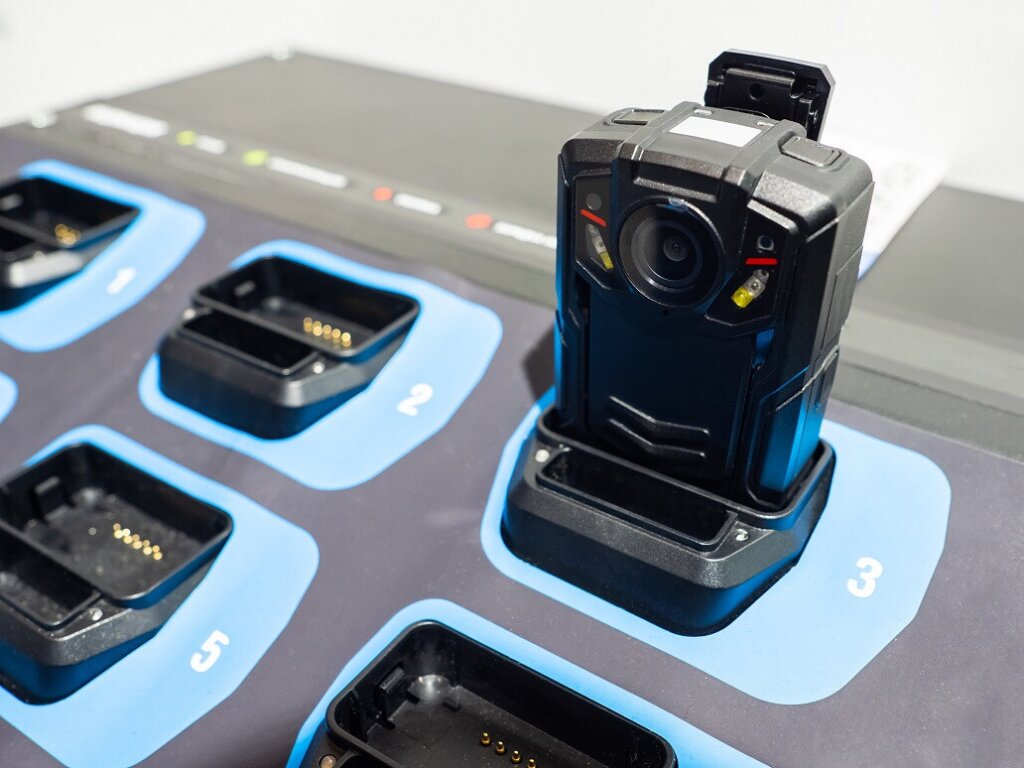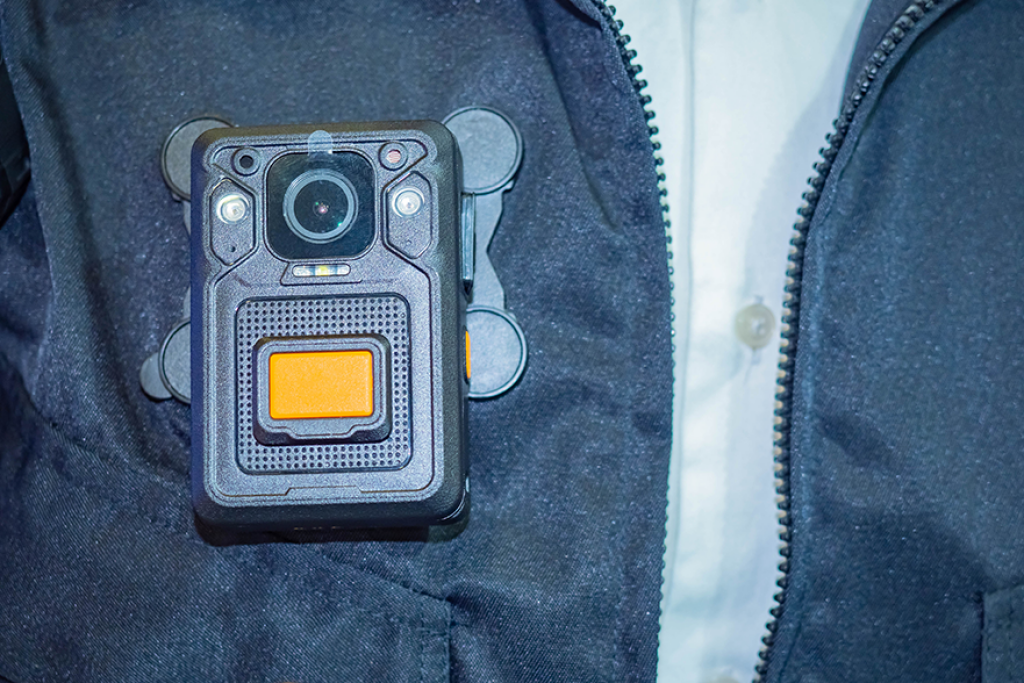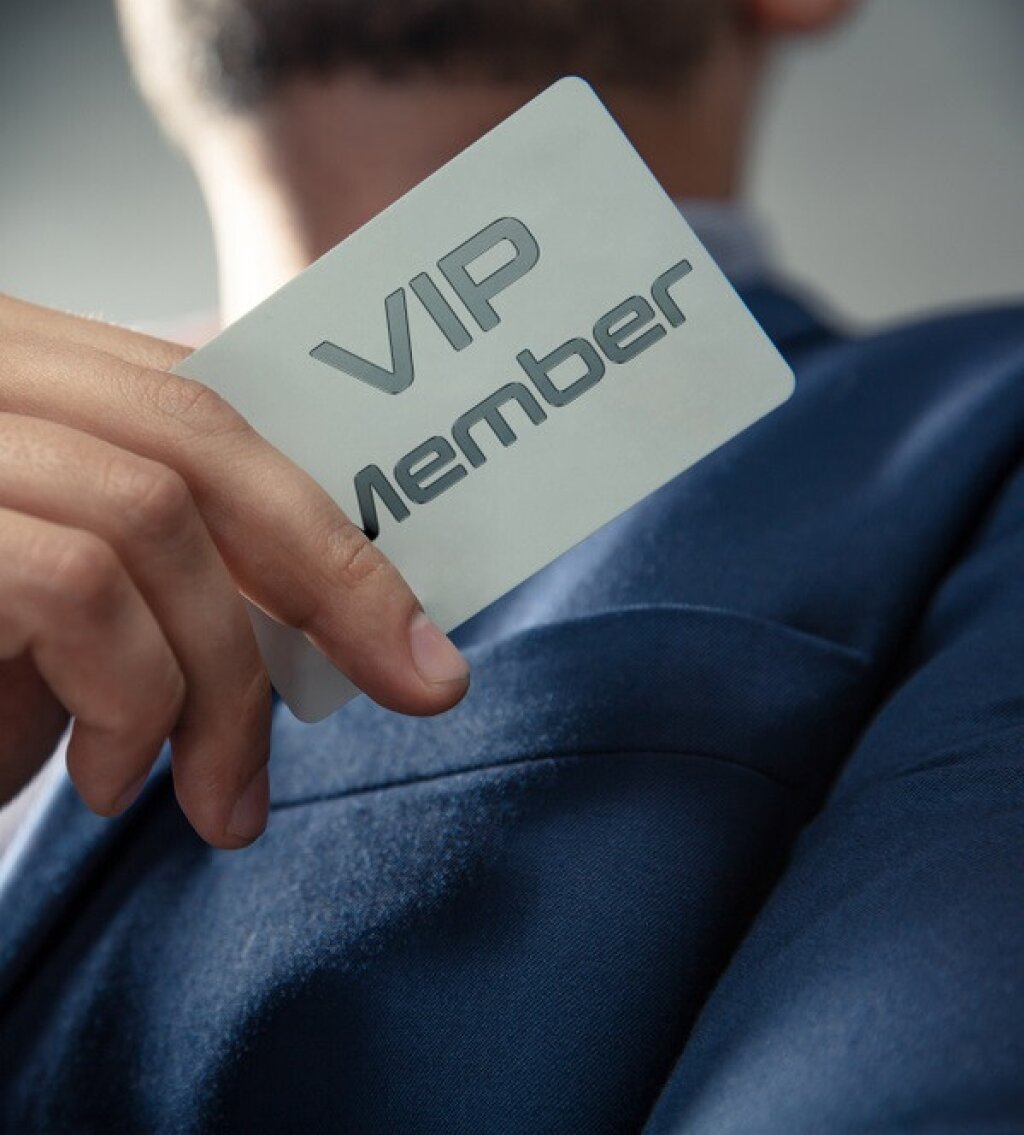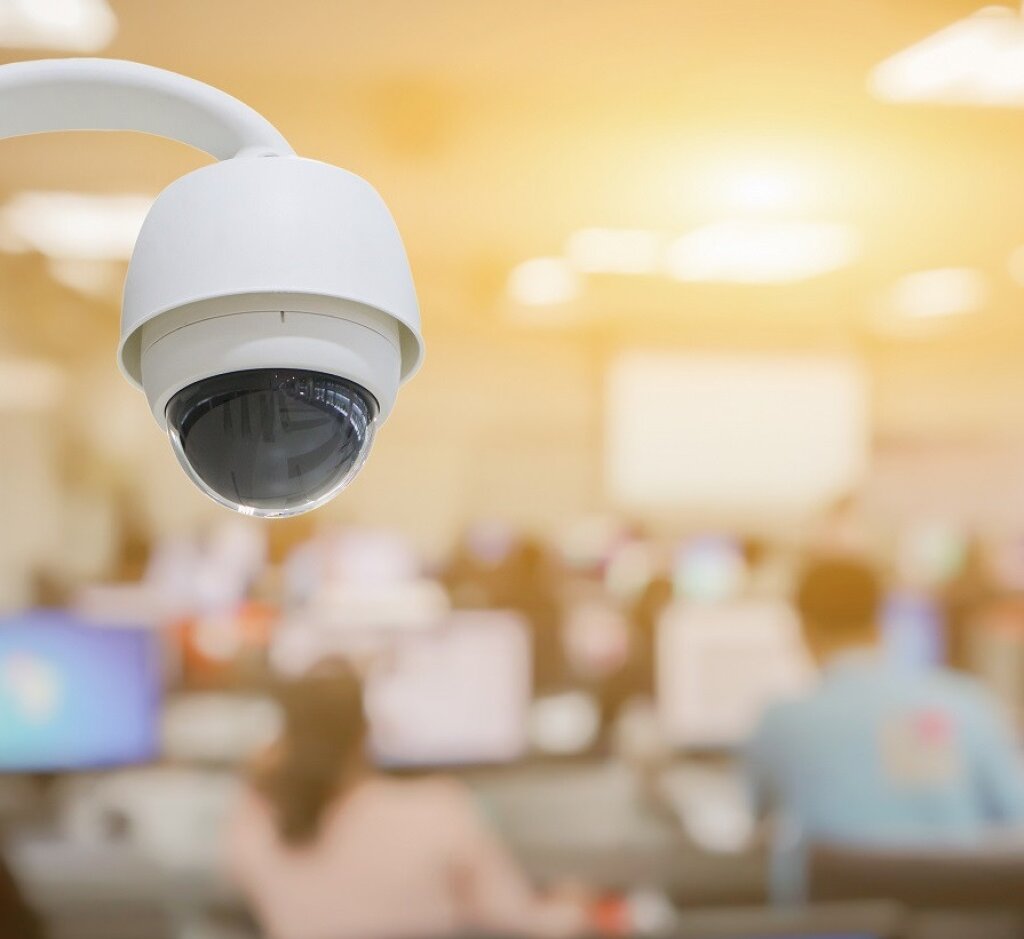What Are Body-Worn Cameras Used For? Purpose, Applications, Benefits and Compliance Challenges
Body-worn cameras (BWCs) are small, wearable devices that record video and audio in real-time. While originally developed for law enforcement, BWCs are increasingly used in healthcare, transport, retail and other sectors to improve safety, accountability and transparency.
BWC are typically worn by employees who interact frequently with the public, helping to record incidents, deter aggressive behaviour and provide evidence for investigations.
Despite their benefits, BWCs also pose unique compliance challenges, particularly around privacy and data management.

Purpose of Body-Worn Cameras
The primary purpose of body-worn cameras is to document interactions and events as they happen. By providing an objective record, BWCs help protect both employees and the public to reduce the likelihood of conflict and improving accountability.
BWC also serve as a deterrent to aggressive behaviour, with research from Queen Mary University of London indicating that BWC use can reduce violent behaviour.
However, the increase in recorded incidents has led to a surge in data requests, adding to compliance burdens for organisations.
Body-Worn Cameras in Healthcare
When and Why They Are Used
In healthcare settings, body-worn cameras are primarily worn by security staff and, in some cases, by frontline medical staff in emergency departments. Hospitals and clinics with high levels of patient interaction often deploy BWCs to deter aggression, especially in high-stress or high-risk situations. In this context, BWCs provide crucial evidence for investigating incidents and help to ensure patient and staff safety.
Benefits in Healthcare
Improved Safety
The visible presence of a camera can deter aggressive or violent behaviour to create a safer environment for staff and patients.Accountability and Evidence
Recorded footage can be used to review and investigate incidents, which provides clear evidence that can be used in case of disputes.
Compliance Challenges in Healthcare
Patient Privacy
Healthcare environments involve sensitive patient data, making privacy a critical issue. Recording patient interactions, even for safety, requires strict adherence to data protection regulations like GDPR.Consent Issues
In emergencies, obtaining explicit consent to record can be challenging, which creates a potential ethical and legal dilemma for healthcare providers.
Body-Worn Cameras in Transport
When and Why They Are Used
In the transport sector, body-worn cameras are often used by employees in public-facing roles, such as ticket inspectors, bus drivers and conductors. Transport staff frequently face confrontational situations, especially when enforcing ticketing rules or addressing passenger concerns. BWCs provide an extra layer of security for these employees, which helps to de-escalate conflicts and deter harassment.
Benefits in Transport
Conflict Resolution
BWCs provide an impartial record of events, making it easier to address complaints or investigate incidents involving passengers.Staff Protection
Knowing that interactions are being recorded can deter passengers from aggressive behaviour and create a safer working environment.
Compliance Challenges in Transport
Privacy of Passengers
BWCs in public transport capture footage of both staff and passengers, which raises privacy concerns. Transport operators must ensure recordings are securely stored and only accessible when necessary.Public Trust
Regular passengers may feel uncomfortable with being recorded without consent. Transport providers must be transparent about BWC policies to build trust with the public.
Body-Worn Cameras in Retail
When and Why They Are Used
In retail, body-worn cameras are deployed primarily by security personnel and store staff to deter shoplifting, manage customer interactions and enhance staff security. Retail staff in high-traffic areas or high-value stores may use BWCs to protect themselves from aggressive customers and prevent theft.
Benefits in Retail
Loss Prevention
The presence of a body-worn camera acts as a deterrent against shoplifting and can help capture clear evidence when theft occurs.Enhanced Staff Security
Knowing that their interactions are being recorded can empower staff to handle confrontations more confidently and helps discourage aggressive behaviour from customers.
Compliance Challenges in Retail
Customer Privacy
Recording interactions in a retail environment can infringe on customers’ privacy, especially if cameras capture minors or sensitive customer interactions. Retailers must clearly define where, when and how BWCs are activated.Data Management
Given the volume of customer interactions, retail environments may generate large amounts of BWC footage, which require significant resources to manage, secure and store data in compliance with privacy regulations.
Body-Worn Cameras Used by the Police
The general public is naturally concerned that public bodies such as police forces use BWC responsibly and transparently. There have been recent reports in the press about BWC mis-use, including failures to activate BWC during volatile exchanges.
However, police forces, such as the Met police in the UK, make clear how and when BWC are to be used.
The use of BWV is incident specific and officers should not be recording as part of normal patrolling.
Typically officers use BWC when they:
Provide evidence in the investigation of an offence or suspected offence
Provide transparency, e.g., during a stop and search or when force is used
Help officers who know they will need to submit a written report of an encounter or incident
You can read a full list of incidents that warrant recording on the Met’s website.
General Benefits of Body-Worn Cameras Across Sectors
Increased Accountability
BWCs provide an objective record, which can be crucial for investigating incidents and holding individuals accountable for their actions.Improved Transparency
The knowledge that interactions are recorded can build trust between employees and the public, as BWCs add a layer of transparency to potentially tense encounters.Deterrence of Violence
As shown by Queen Mary University of London's research, the mere presence of a body-worn camera can discourage aggressive behaviour and reduce the likelihood of violent confrontations.
General Compliance Challenges Across Sectors
While BWCs offer many benefits, they also bring a host of compliance challenges:
Privacy and Data Protection
BWCs capture potentially sensitive information, necessitating strict adherence to data protection regulations like GDPR. Organisations must clarify who has access to footage and how long it is retained.Consent and Notification
Obtaining informed consent to record can be challenging, especially in fast-paced or emergency situations. Clear signage or policies can help inform the public, but compliance can still be complex.Data Management and Security
Managing and securely storing large volumes of footage requires substantial resources, including encryption and regular data audits to prevent unauthorised access.
Conclusion
Body-worn cameras are becoming essential tools across healthcare, transport, and retail, contributing to improved safety, accountability and conflict resolution. However, the increased adoption of BWCs has also amplified compliance challenges.
As Queen Mary University of London’s research suggests, BWCs can reduce violent incidents, but organisations must carefully manage data requests and ensure privacy compliance to maintain public trust.
By implementing clear policies, securing data and prioritising privacy, organisations can leverage the benefits of BWCs while respecting the rights and concerns of both employees and the public.
How to Manage BWC Privacy Compliance When Sharing Video Footage
Facit provides organisations with redaction tools to manage privacy and regulatory compliance when using body-worn cameras.
BWC capture large volumes of video that include personal data that must be handled carefully to protect individual privacy and comply with prvacy laws.
Notably, when sharing footage with third parties, all personal data must be redacted (blurred, masked or removed) other than that of the subject of interest. Personal data includes faces, licence plates and other distinguishing elements.
Key ways Facit helps in this space include:
Automated Data Redaction:
Facit uses AI-powered algorithms to detect and blur faces, license plates and other identifying details within video footage automatically. Automation reduces the manual work needed for redaction and helps ensure that privacy obligations are met before sharing or storing the footage.Secure Data Handling
Facit’’s platform, Identity Cloak, is designed with secure storage and access controls, so only authorised individuals can access unredacted footage. This helps organisations mitigate risks associated with data breaches and unauthorised access.Compliance Tracking and Reporting
Facit includes tools for tracking compliance, with audit trails and detailed reporting that document how footage is accessed, shared and redacted. This transparency aids organisations to prove adherence to regulatory requirements during audits or in response to data subject requests.Enhanced Efficiency and Scalability
By automating key privacy and compliance processes, Facit enables organisations to handle large volumes of footage efficiently, scaling body-worn camera usage while minimising privacy risks and compliance overhead.
In summary, Facit supports organisations to use body-worn cameras responsibly by simplifying privacy protection, ensuring secure data practices and providing transparency, whihch makes it easier to meet regulatory requirements and build public trust.
Related Articles
Body-Worn Cameras for Retail and Shopping Centres
Body cam Redaction: Challenges and Solutions
Get in touch
Tell us more about your BWC Video Redaction needs by filling the form below, and we will get in touch with you.



